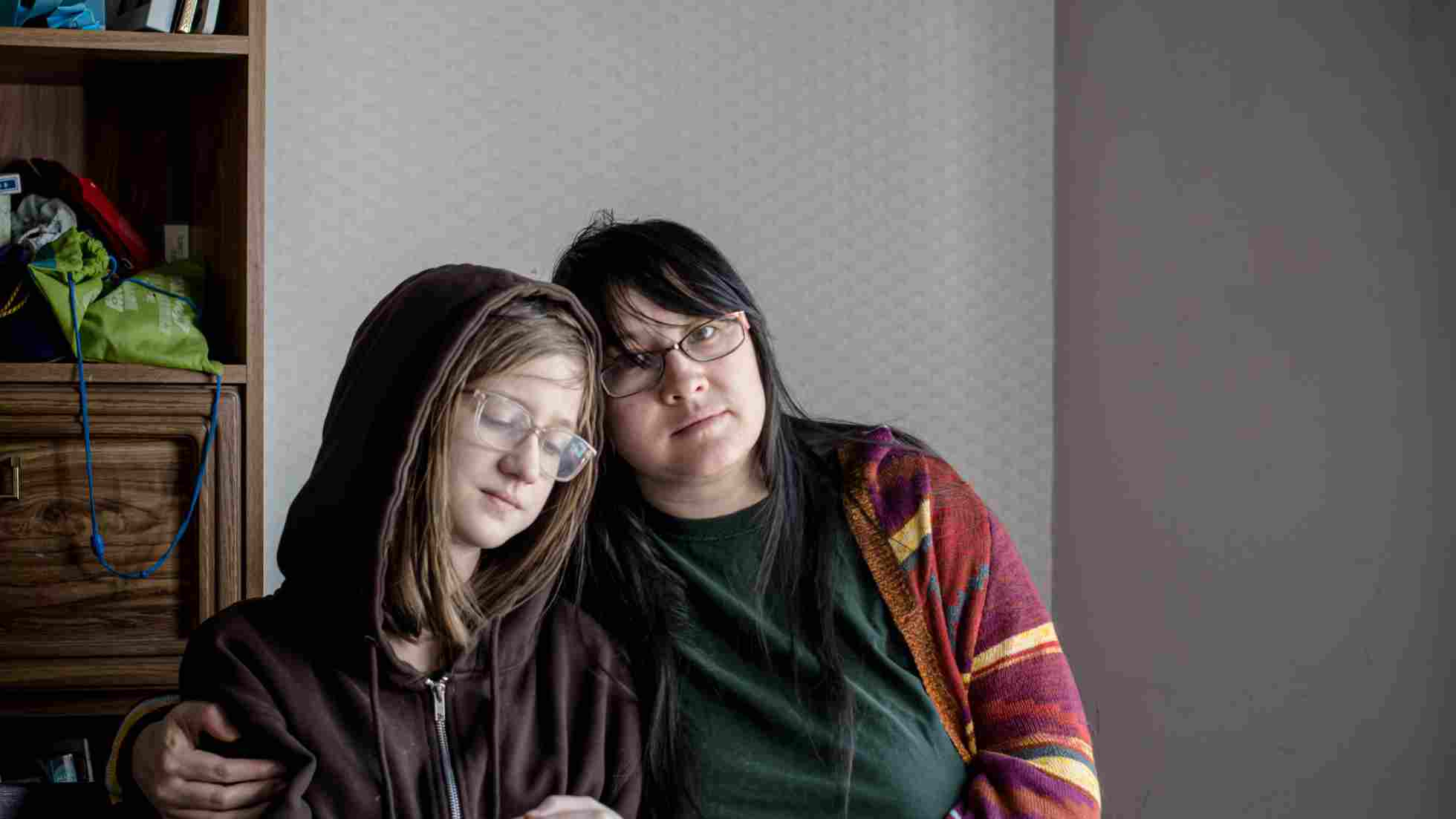
Unraveling the Layers of Food Insecurity: A Silent Crisis in Our Midst
In the midst of plenty, a silent crisis looms large – food insecurity. It goes beyond the absence of food; it’s about the lack of nourishment, the erosion of dignity, and the perpetuation of systemic injustices. Let’s delve into the intricate tapestry of food insecurity, understanding its root causes, unraveling its impact on communities, and advocating for collective efforts to eradicate it.
The Daily Struggle
Food insecurity isn’t just a singular challenge; it’s a multidimensional struggle intertwined with economic disparities, educational gaps, systemic inequalities, and environmental threats. For millions, it’s a daily battle for consistent access to safe, nutritious, and culturally relevant food.
The Faces We Often Don’t See
Behind every statistic, there’s a human story. Families on tight budgets, children going to bed hungry, and seniors making impossible choices between medication and meals – these are the faces of food insecurity. It’s a stark reality that knows no geographical boundaries, affecting both urban and rural communities.
Why Does It Persist?
Economic Disparities
The high cost of nutritious food often makes it unattainable for low-income households, creating a cycle of unhealthy eating and food insecurity.
Educational Barriers
Lack of nutritional education can lead to poor food choices, exacerbating the struggle for those already making ends meet.
Systemic Inequities
Racial and ethnic disparities worsen the problem, creating food deserts and limiting access to quality food in marginalized communities.
Environmental Challenges
Climate change-induced disruptions to agriculture and food supply chains add another layer of complexity.
Profound Impact on Communities
The ripple effects of food insecurity are profound. Communities grapple with health disparities, increased healthcare costs, and compromised educational outcomes. For children, these effects extend into adulthood, hindering their potential and perpetuating cycles of poverty.
What Can We Do?
Community Gardens and Urban Farms
Local, sustainable solutions empower communities by providing access to fresh produce, fostering resilience.
Educational Programs
Knowledge is power. Initiatives promoting nutritional literacy empower individuals to make informed choices and break the chains of food insecurity.
Support Local Food Banks
Volunteering time or donating to food banks offers immediate relief, ensuring that no one goes to bed hungry.
Advocacy for Systemic Change
Championing policies that address income inequality, improve education, and dismantle systemic barriers is essential for sustained progress.
In this collective endeavor, individual actions wield immense power. By supporting local initiatives, choosing sustainable food sources, and participating in educational programs, we contribute to the larger narrative of change. It’s a call to action – a call to nourish hope and build a world where food is a right, not a privilege.
Food insecurity is not an insurmountable challenge when met with collective determination. By understanding the complexities, actively participating in initiatives big and small, we pave the way for a future where no one goes to bed hungry. It’s a journey towards nourishing hope, fostering resilience, and creating a world where food is a source of strength, unity, and dignity.

